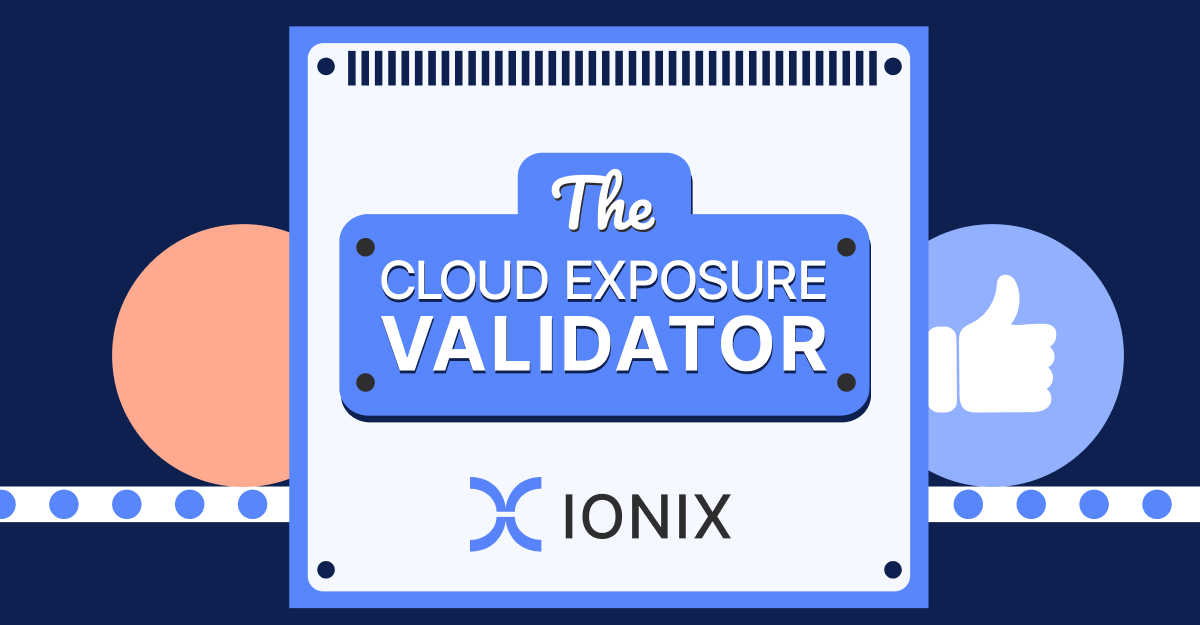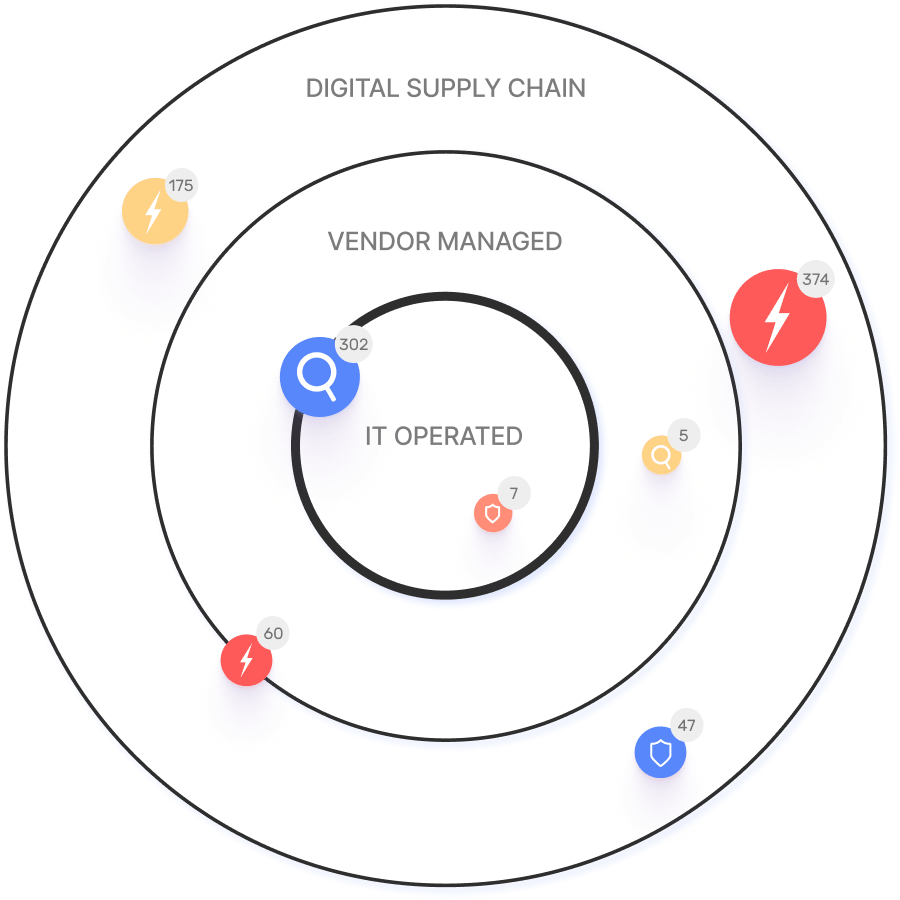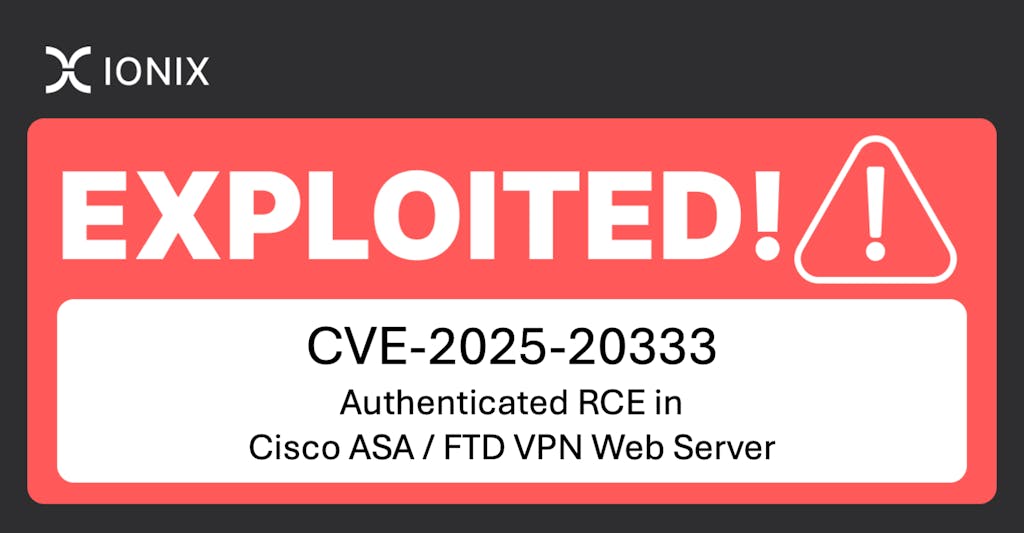CVE-2025-9501: Identifying High-Risk WordPress Instances Using W3 Total Cache

CVE-2025-9501 is a critical remote code-execution vulnerability affecting W3 Total Cache versions prior to 2.8.13, a plugin used by more than a million WordPress sites to improve performance and caching. The issue lies in the plugin’s _parse_dynamic_mfunc handler, which can process user-controlled inputs inside dynamic fragments. When paired with a public post and open comment functionality, an attacker can craft a malicious comment that leads to unauthenticated PHP code execution on the underlying server.
With widespread adoption of the plugin and a straightforward attack vector, this vulnerability poses a real risk to organizations with externally accessible WordPress workloads – especially as exploit code becomes more easily available.
How IONIX Helps Identify High-Risk WordPress Instances
Most scanners stop at version detection. But for vulnerabilities like CVE-2025-9501, not every outdated installation is equally exposed. IONIX enhances prioritization by helping security teams identify which public-facing instances present the highest real-world risk of exploitation.
Our non-intrusive test performs three safe, read-only checks:
1. Confirm the presence of the vulnerable W3 Total Cache version
IONIX looks for publicly accessible plugin metadata – such as readme files or plugin headers – and verifies whether the exposed version is older than the patched 2.8.13 release. This ensures accurate detection without interacting with the application beyond normal HTTP requests.
2. Validate the existence of a public, reachable WordPress post
The exploit technique requires a legitimate post page that unauthenticated visitors can load. IONIX checks that such a valid page exists. This step filters out instances where the plugin is outdated but not practically reachable by an attacker.
3. Identify whether anonymous comments are allowed
Since exploitation relies on injecting a malicious comment, IONIX inspects the post’s HTML for signs of an anonymous comment form. Typical indicators include visible “comment notes,” name/email fields, and absence of login prompts. This helps distinguish sites where the vulnerability could be realistically triggered from those where comment submission is restricted.
When these three factors align – vulnerable version, public post, and open comments – IONIX highlights the asset as high-risk. This helps EASM and vulnerability management teams focus remediation efforts on the WordPress instances that matter most.
Why This Matters for External Attack Surface Management
WordPress remains one of the most commonly exposed CMS technologies on the public Internet. Plugins like W3 Total Cache significantly expand the attack surface through additional handlers, caching engines, and dynamic processing paths.
CVE-2025-9501 is particularly impactful because:
- It requires no authentication
- It exploits a routine user interaction (comment submission)
- It targets a very widely deployed plugin
- It can lead directly to remote code execution
In the context of EASM, this means organizations may unknowingly host high-impact, publicly reachable attack paths. Visibility into which instances are not just vulnerable, but plausibly exploitable, is crucial for timely and effective mitigation.
Recommended Actions for Security Teams
To reduce risk associated with CVE-2025-9501:
- Upgrade W3 Total Cache to version 2.8.13 or newer across all WordPress sites
- If immediate patching is not possible, temporarily disable anonymous comments
- Harden internet-facing WordPress installations with WAF rules or reverse-proxy filtering
- Review access logs for unusual comment submissions or unexpected PHP file activity





